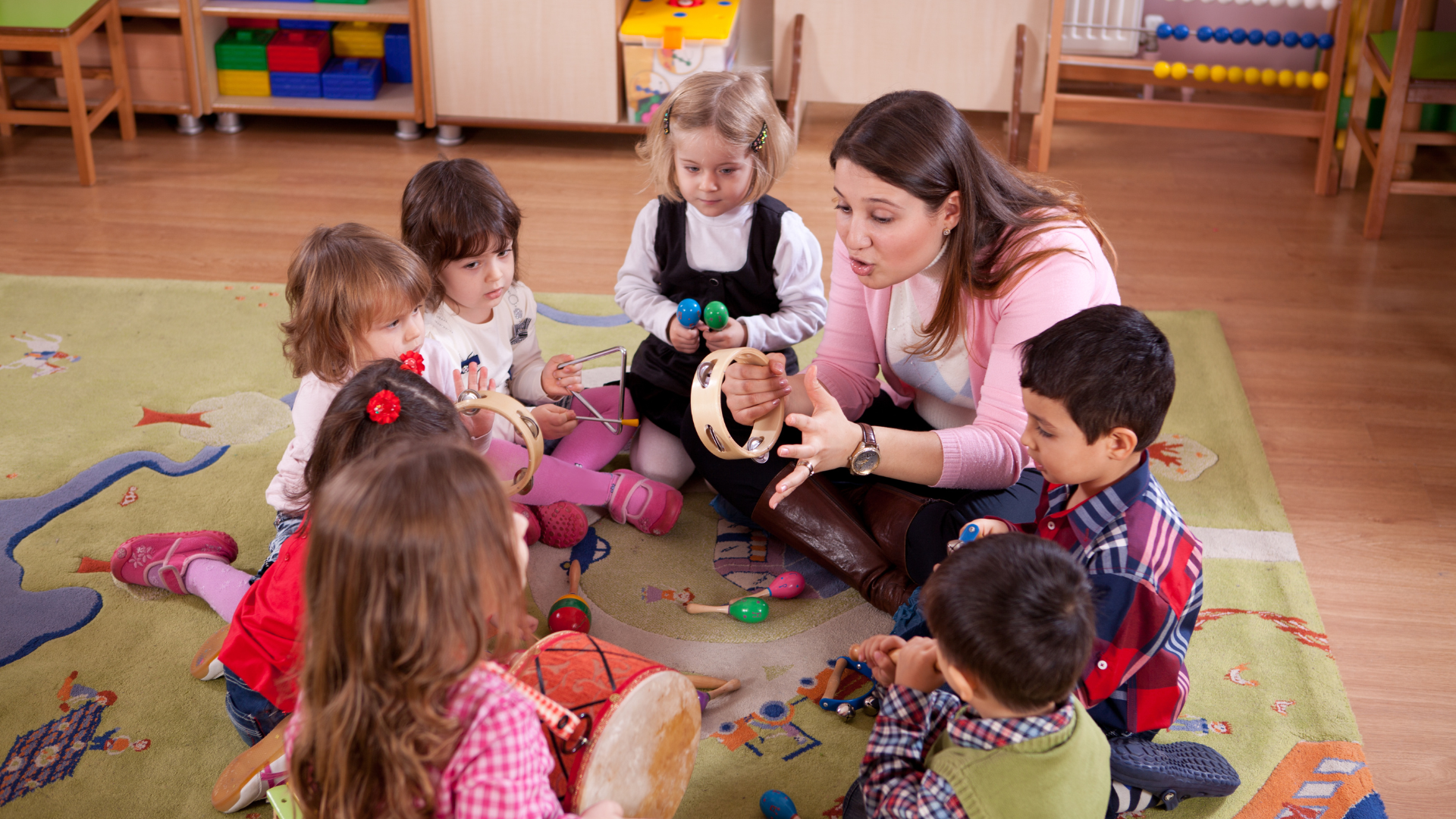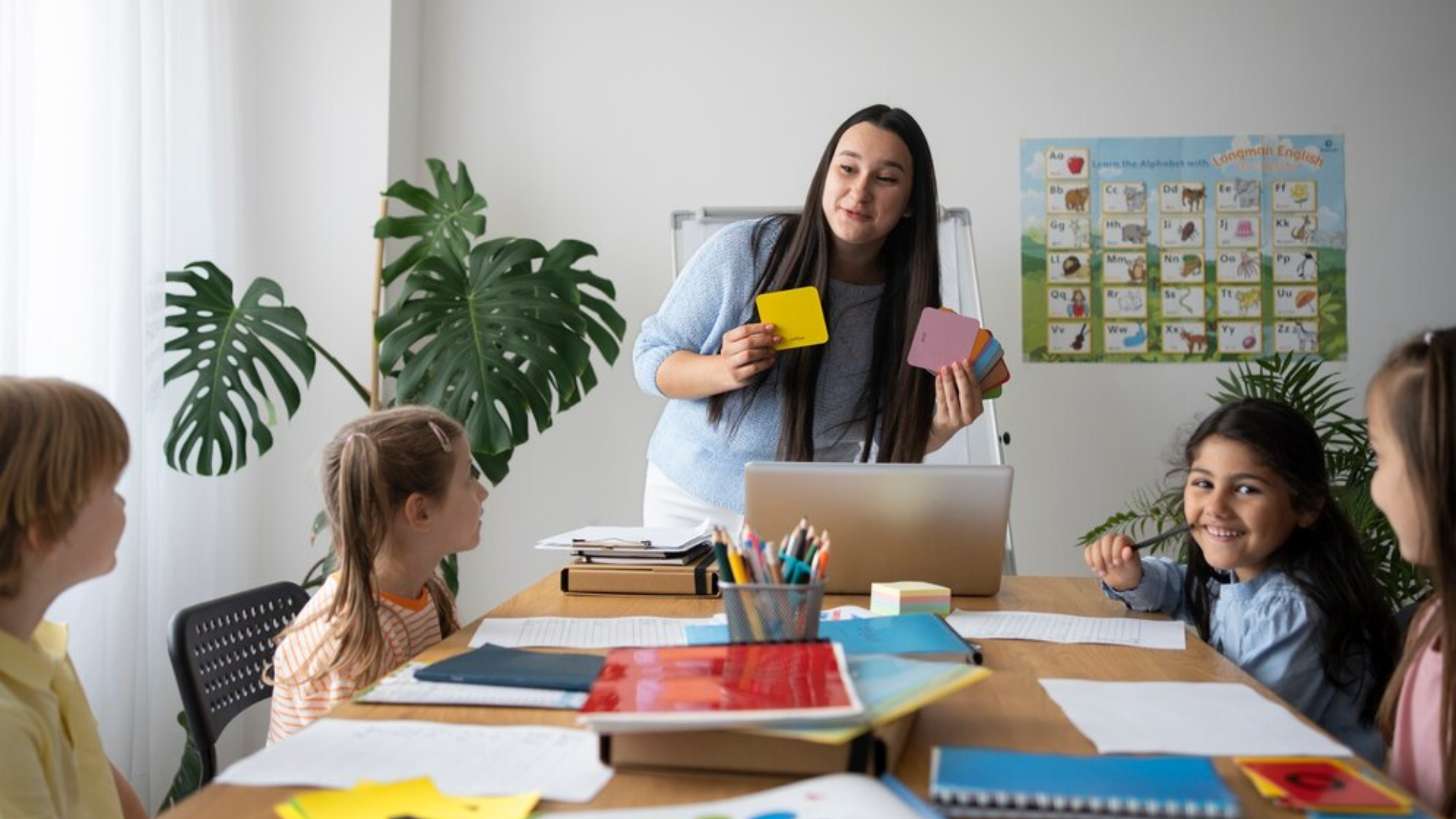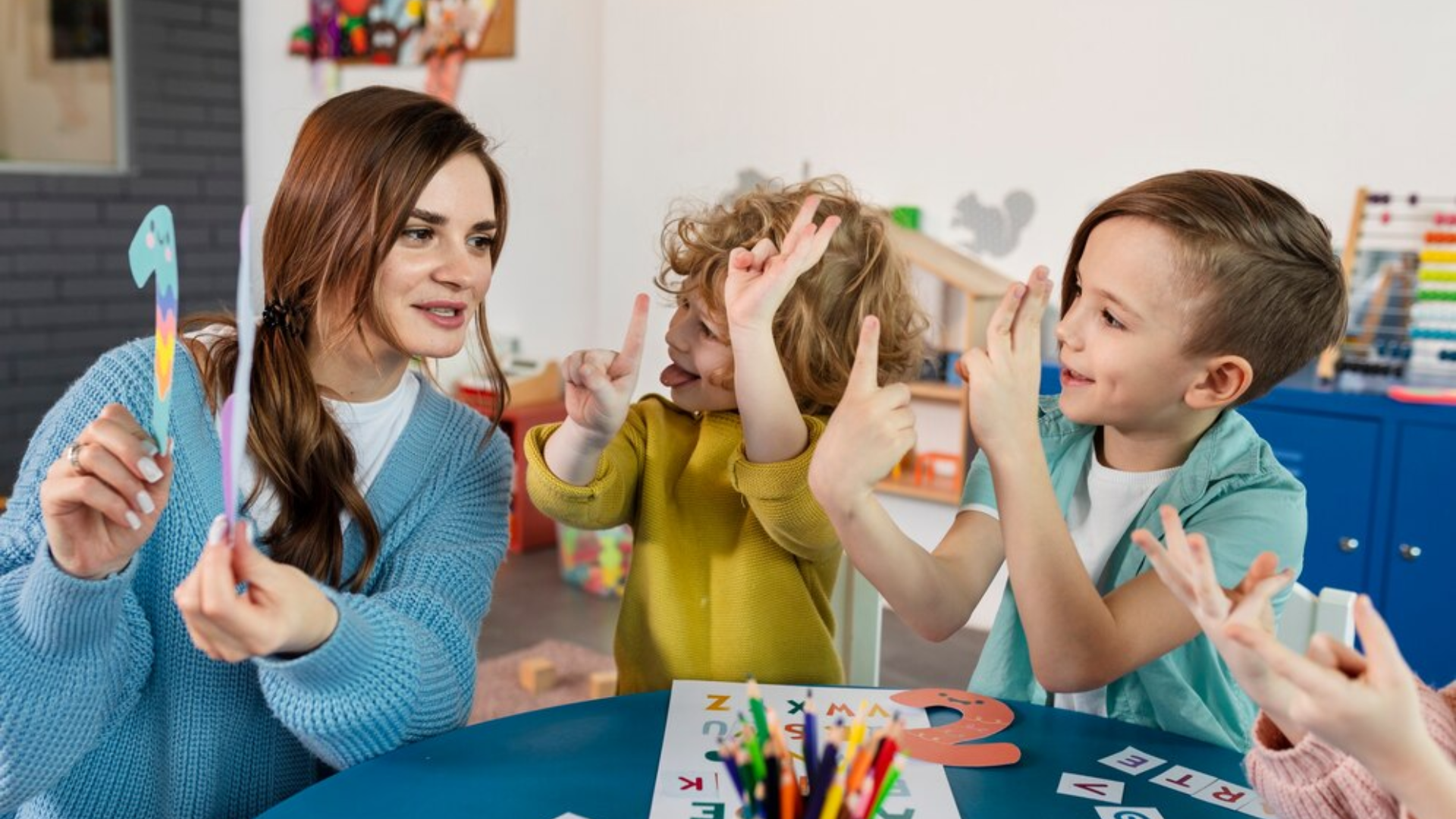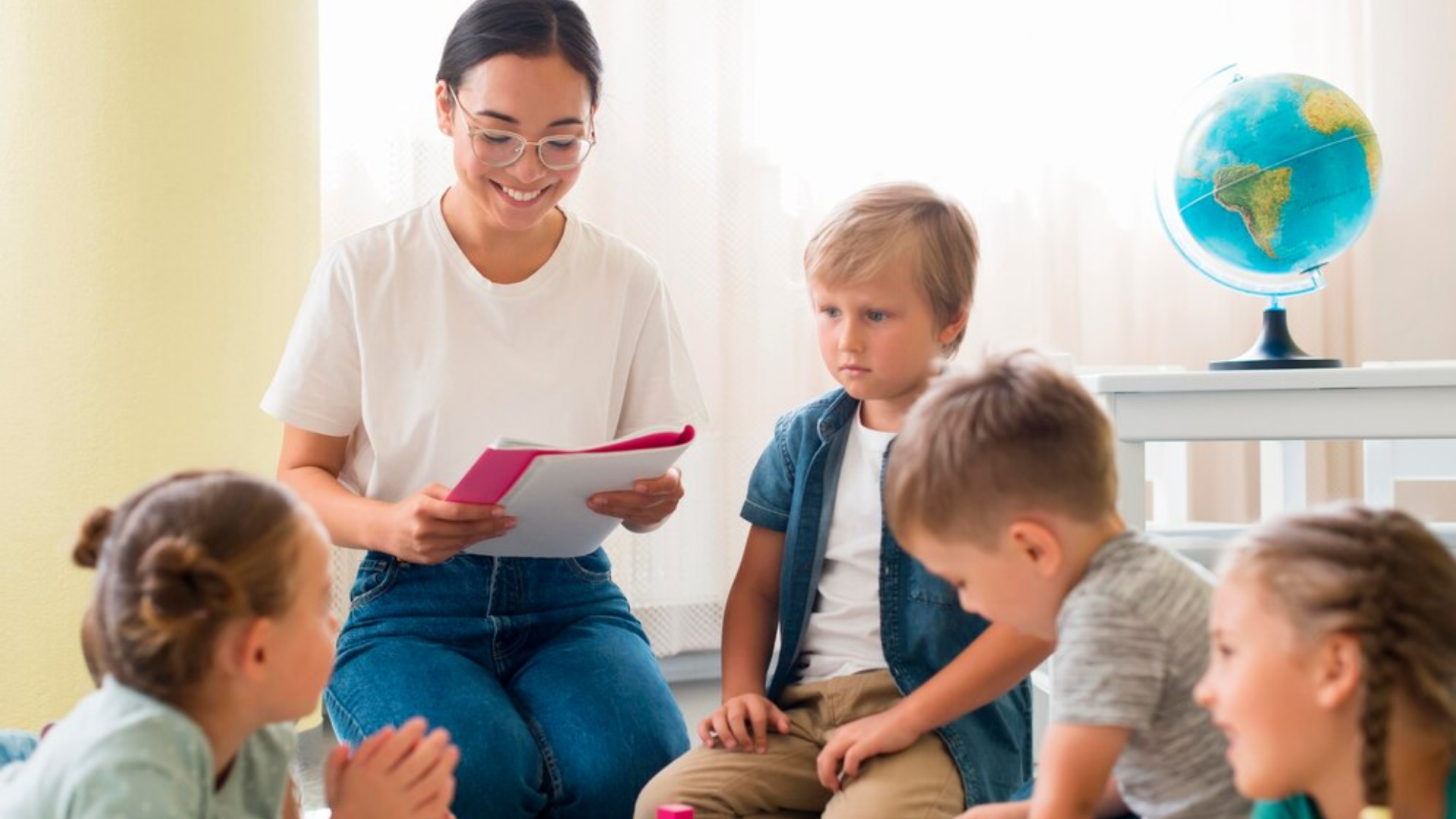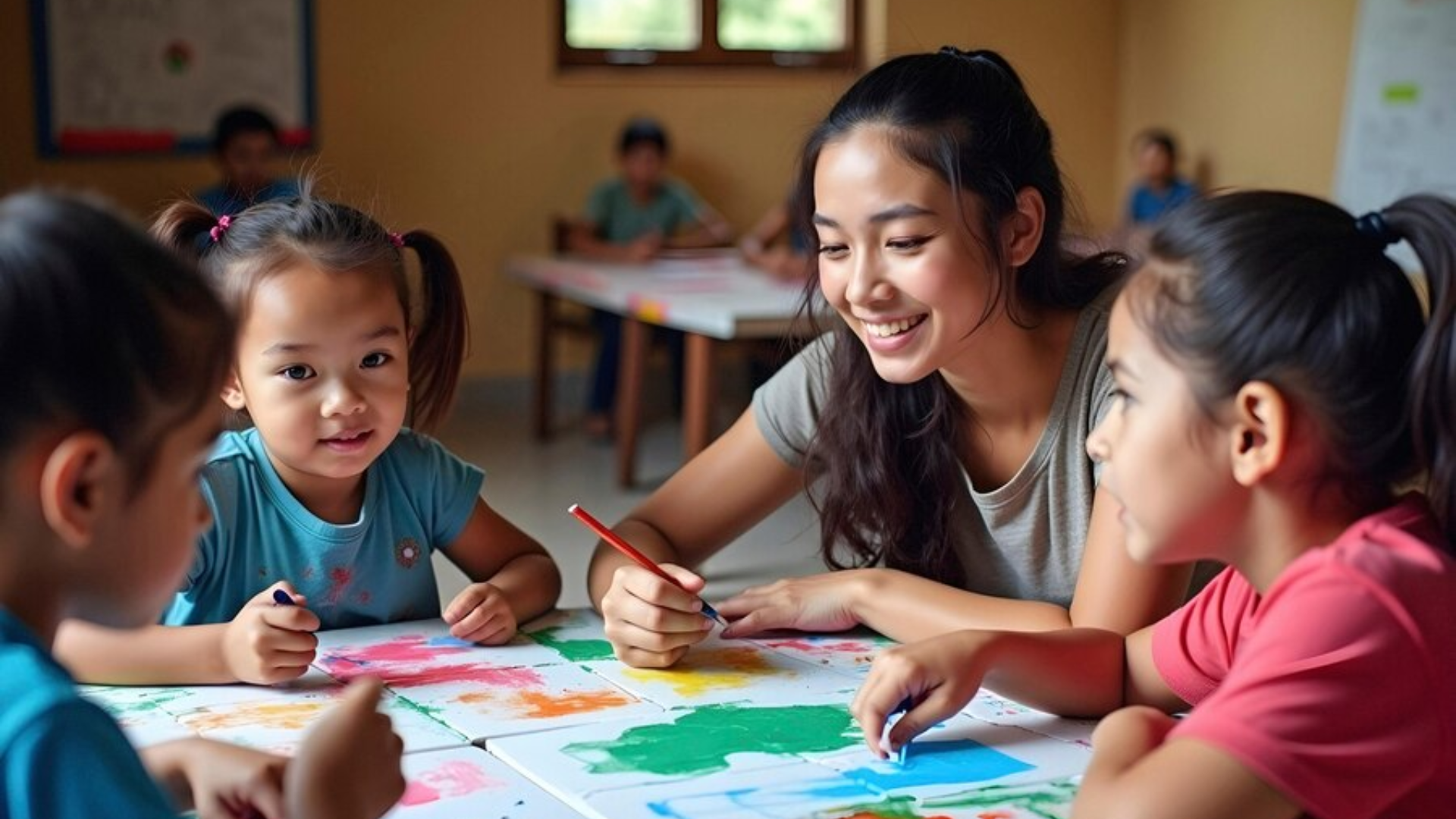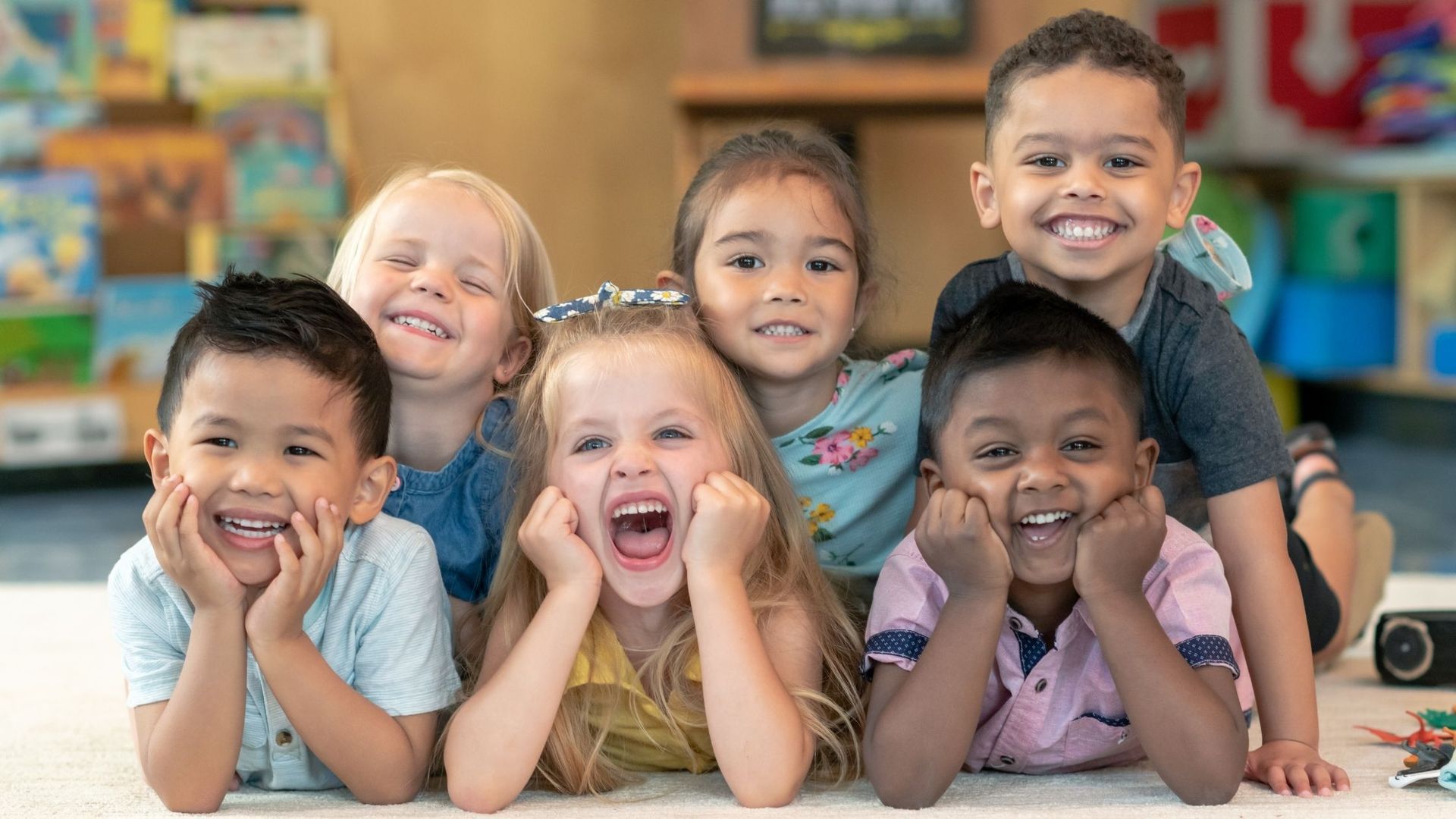How to Talk to Young Children So They Actually Listen
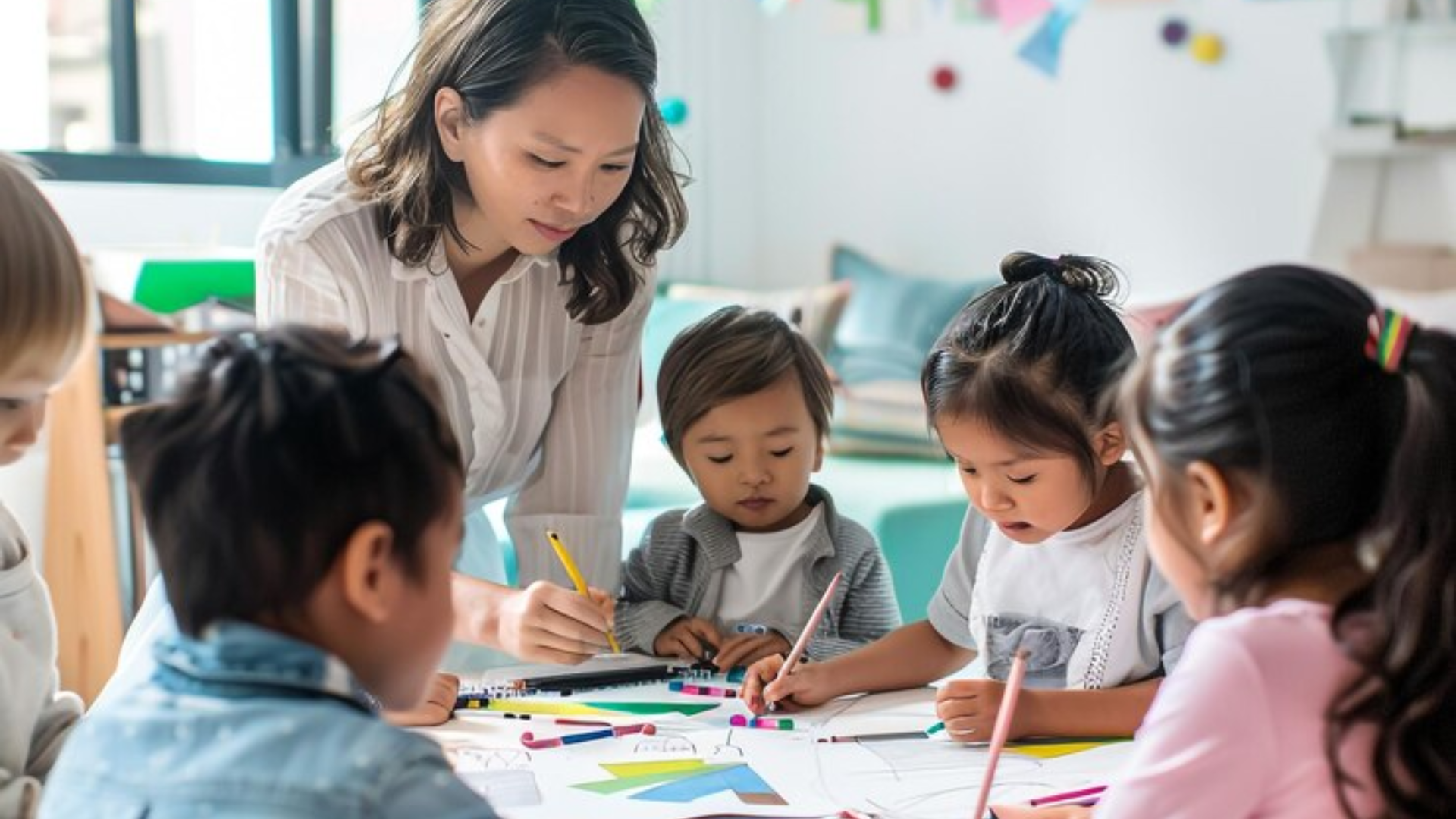
Talking to young children can sometimes feel like talking to a wall. They may not seem to hear or understand what you're saying, or they may get distracted before you even finish your sentence. As a parent or caregiver, it’s easy to feel frustrated when it seems like your child isn’t listening. However, young children are still learning how to process and respond to information. Their attention spans are shorter, and their ability to understand complex instructions is still developing.
At Oakridge Children’s Academy, we believe that effective communication is essential for building strong relationships with young children. The key to getting children to listen is not just what you say but how you say it. In this blog post, we’ll explore practical strategies to help you communicate with young children in a way that promotes listening, understanding, and cooperation.
Why Is It Difficult for Young Children to Listen?
Before we dive into strategies for better communication, it’s important to understand why young children often seem to ignore or not listen to what’s being said. Here are a few reasons why:
- Limited Attention Span: Young children have shorter attention spans and may become distracted easily. They are still learning how to focus for extended periods.
- Developing Language Skills: Children are still developing their language comprehension and may not fully understand what is being asked of them, especially if the instructions are too complex.
- Emotional Development: Young children are also learning how to regulate their emotions, which means they may react impulsively or have difficulty processing instructions when they are upset or excited.
- Desire for Independence: As children grow, they start to assert their independence, and this can sometimes lead to defiance or reluctance to follow directions.
Understanding these factors can help you approach conversations with empathy and patience. Now let’s look at some practical communication strategies that will help your child listen and respond in a more positive way.
1. Get on Their Level
One of the most effective ways to communicate with young children is to physically get down to their level. When you speak to them from above or across the room, they may have difficulty focusing on you, especially if there are distractions. By getting down to their height, you show them that you are engaging with them on a personal level and that you are fully present.
- Kneel or sit down so that you are eye-to-eye with your child.
- Use a calm and soft tone to make your child feel comfortable and open to listening.
This simple gesture not only makes the conversation more effective but also strengthens the connection between you and your child.
2. Keep Instructions Simple and Clear
Young children are still developing language skills, so it’s important to keep your instructions simple and clear. Avoid using long sentences or complicated words that might confuse your child. Instead, break down tasks into short, straightforward statements.
For example:
- Instead of saying, “Please pick up your toys and put them away so the room is neat and we can get ready to leave,” try, “Pick up your toys, please.”
- Instead of, “We need to get dressed and eat breakfast quickly so we’re not late for school,” say, “Let’s put on your clothes and have breakfast.”
Using simple and direct language helps your child understand exactly what you want them to do, without feeling overwhelmed by too much information.
3. Use Positive Language and Framing
When giving instructions, try to use positive language. Instead of focusing on what you don’t want your child to do, focus on what you do want them to do. Positive language encourages cooperation and helps your child understand the desired outcome more clearly.
For example:
- Instead of, “Don’t run in the house,” try, “Please walk inside.”
- Instead of, “Stop yelling,” say, “Use your inside voice.”
This positive approach gives your child a clear idea of what behavior is expected, rather than simply what to avoid. It also reduces the likelihood of resistance and helps children feel more empowered.
4. Offer Choices to Promote Independence
Young children love to feel in control, and offering them choices is a great way to give them a sense of autonomy. When you offer choices, you empower your child to make decisions, which can help prevent power struggles and promote better cooperation.
For example:
- Instead of, “Put on your shoes now,” try, “Do you want to wear your blue shoes or your red shoes today?”
- Instead of, “Come inside now,” try, “Do you want to walk inside or would you like me to carry you?”
By giving your child a choice, you allow them to feel like they have some control over the situation while still guiding them toward the desired outcome.
5. Use Visual Cues and Gestures
Young children are highly visual learners, so pairing verbal instructions with visual cues can help them better understand what’s being asked of them. Simple gestures, pictures, or physical actions can provide additional clarity and reinforce the message.
For example:
- If you want your child to pick up their toys, you could demonstrate how to pick up the toys while saying, “Pick up your toys.”
- You can use visual timers or charts to help your child understand the passage of time and the steps in a routine.
By incorporating visual cues, you provide your child with a multisensory experience that enhances their understanding and helps them focus.
6. Be Consistent and Set Clear Expectations
Consistency is key when it comes to communication with young children. When you set clear expectations and follow through with them, your child learns what to expect and how to behave. Consistent routines and clear consequences also help children feel secure and confident in their environment.
- Set routines for daily tasks, such as getting dressed, eating breakfast, and brushing teeth, so your child knows what to expect each morning.
- When you give instructions, be consistent in how you word them and what you expect from your child. This reduces confusion and helps your child understand what is expected.
By creating a predictable and consistent environment, you help your child feel more secure and more likely to listen.
7. Be Patient and Give Time for Processing
It’s important to remember that young children need time to process information. After you give an instruction, give your child a moment to absorb what you’ve said before expecting them to respond. Sometimes, children need a little extra time to focus, especially if they are distracted or involved in an activity.
- Pause for a moment after giving an instruction, and allow your child to respond in their own time.
- Be patient if your child doesn’t respond immediately. They may need a few seconds to process your words and get ready to act.
By showing patience, you help your child feel less rushed and more able to focus on what’s being asked of them.
Establishing a calm and focused start to the day can have a lasting impact on a child’s ability to connect with peers and build strong social bonds something we explore in 7 Simple Morning Routines That Help Kids Start the Day Calm and Focused, which pairs perfectly with the insights shared in Helping Kids Build Friendships and Social Skills in Early Childhood. Together, these strategies lay the foundation for both emotional readiness and social success in the classroom and beyond.
Conclusion: Building a Strong Foundation for Communication
Effective communication with young children is essential for building a positive relationship and encouraging cooperation. By using simple, clear language, giving choices, and offering visual cues, you can help your child understand your expectations and build better listening habits. It’s important to approach conversations with empathy, patience, and consistency, understanding that young children are still learning how to process information and regulate their emotions.
At Oakridge Children’s Academy, we believe in the power of positive communication to help children thrive. If you’re looking for additional resources or strategies to support your child’s development, our team is always here to help.
By adopting these strategies, you can foster a stronger, more cooperative relationship with your child, leading to better listening and a more peaceful home environment.
